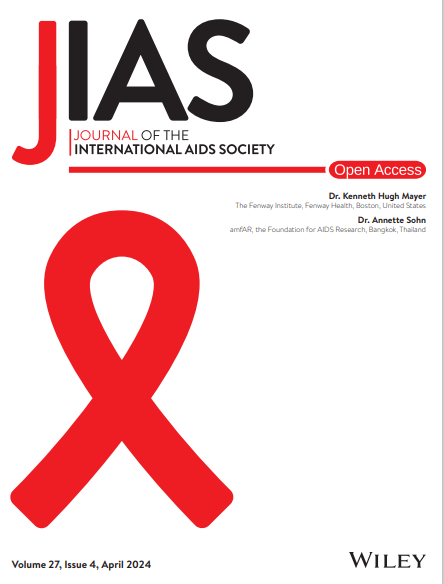Introducing differentiated service delivery models for tuberculosis treatment: a pilot project to inform national policy in Uganda
Abstract
Introduction
Differentiated service delivery (DSD) models aim to tailor health services delivery to clients’ preferences and clinical characteristics while reducing the burden on health systems. In Uganda, DSD models developed for HIV care were adapted to the tuberculosis (TB) services context to mitigate disruptions from the COVID-19 pandemic and inform national efforts to improve TB care.
Methods
Beginning in April 2021, four facility-based and five community-based DSD models were implemented in 28 TB clinics in Kampala and Soroti Regions. All clients in the intensive (months 1–2) and continuation (months 3–6) phases of treatment were eligible. Client preference and clinician concurrence determined model choice. All models allowed TB medication dispensing intervals ranging from biweekly to multi-month dispensing (MMD; ≥ 2 months). Data abstracted in December 2022 from TB registers and DSD enrolment tracking tools at 21 of 28 implementing facilities were used to evaluate the intervention. The TB treatment success rate (i.e. proportion cured or who completed treatment, vs. those who died, failed, were lost-to-follow-up or had no recorded outcome) in the DSD cohort was compared to facilities’ 2018–2019 results using Fischer's exact test.
Results
Most facilities offered one (Kampala) or two (Soroti) facility-based models and one community-based model. Among 1864 TB clients enrolled between April 2021 and March 2022, 1822 (97.7%) used ≥ 1 DSD models; 210/1822 (11.5%) ever switched models. Overall, 70.5% (1284/1822) of clients enrolled in ≥ 1 facility-based model and 40.5% (737/1822) in ≥ 1 community-based model. The use of community-based models increased during the continuation phase. Facility-Based Individual Management and Home Delivery were the most-used models. In the intensive phase, the longest medication dispensation interval was biweekly for 50.0% of patients, monthly for 41.3% and MMD for 8.8%. During the continuation phase, the longest interval was biweekly for 0.6%, monthly for 71.7% and MMD for 27.6%. Overall, 1582/1864 (84.9%) clients were successfully treated, compared to 858/1177 (72.9%) in 2018–2019 (p < 0.001). Seven (0.4%) patients failed treatment, 32 (1.7%) were lost to follow-up, 101 (5.4%) died and 142 (7.6%) were not evaluated.
Conclusions
TB DSD models were successfully implemented. TB treatment outcomes under DSD compared favourably to historical outcomes. Investigating factors affecting MMD use and model choice could further inform programme design.

 求助内容:
求助内容: 应助结果提醒方式:
应助结果提醒方式:


